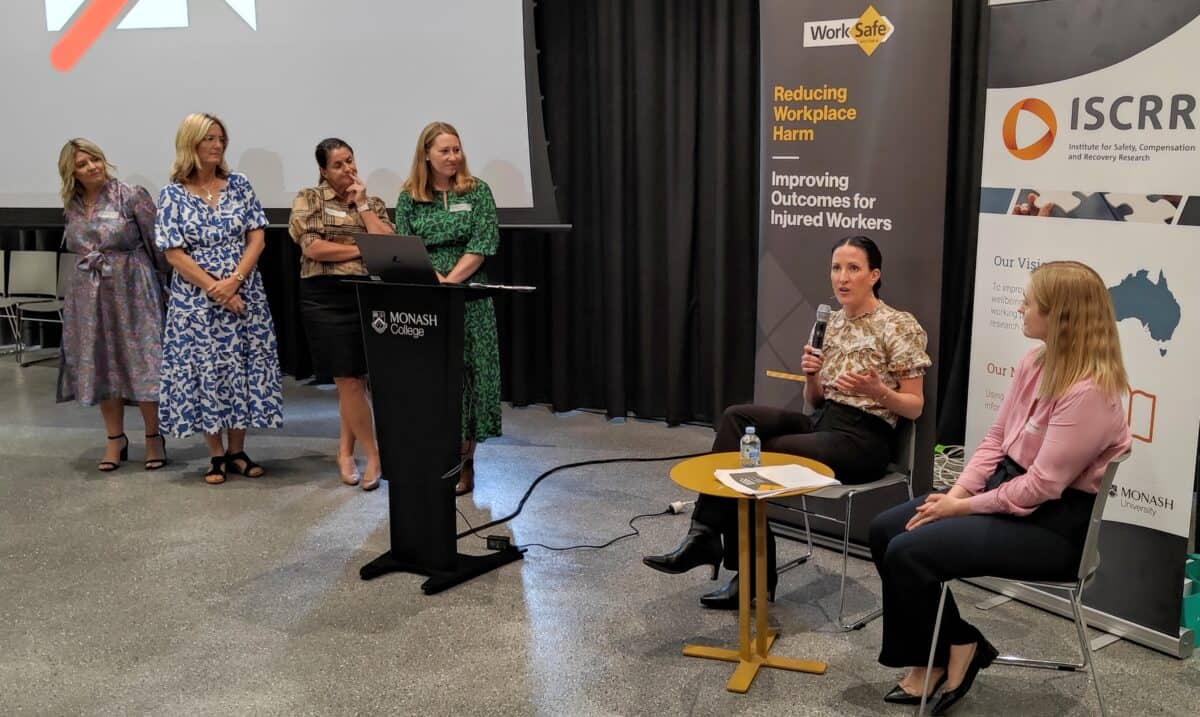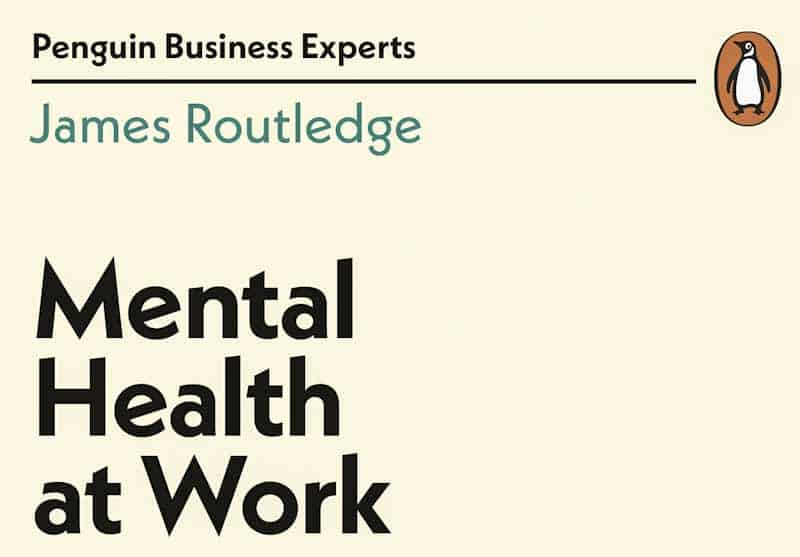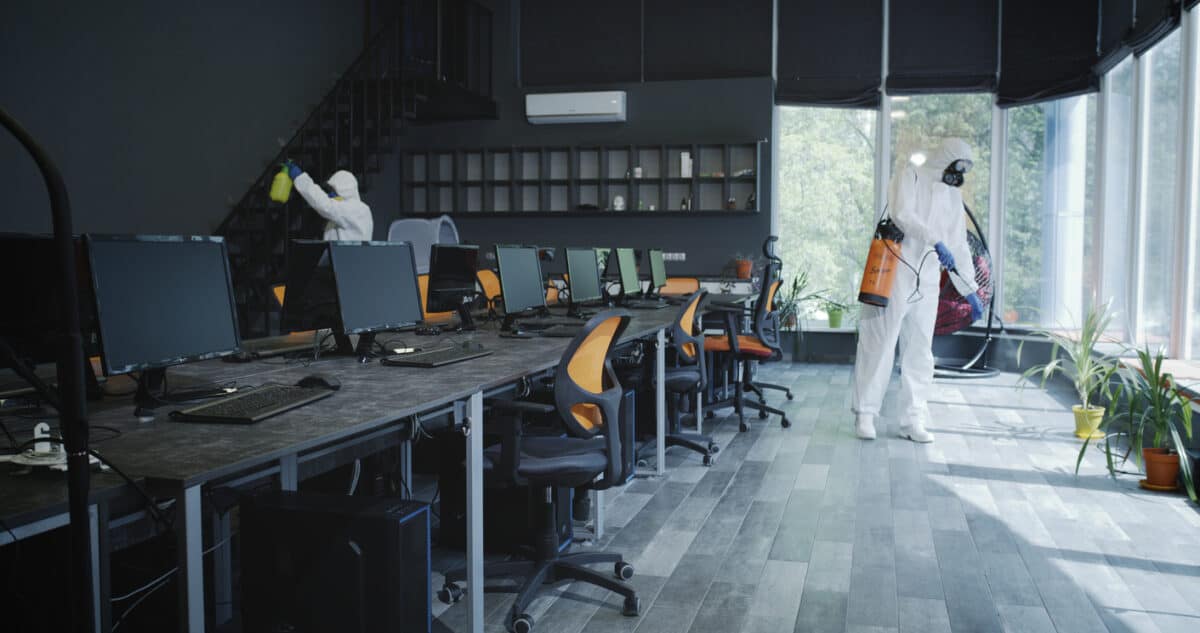“One of our key roles as the regulator is to understand why workplace injuries happen” –
Dr Natassia Goode. Worksafe Victoria, February 9, 2023.
Dr Goode made this statement at a research seminar for the Institute for Safety, Compensation and Recovery Research. She went on to explain those “widely acknowledged” causes in an expansive discussion about “systems thinking“.






